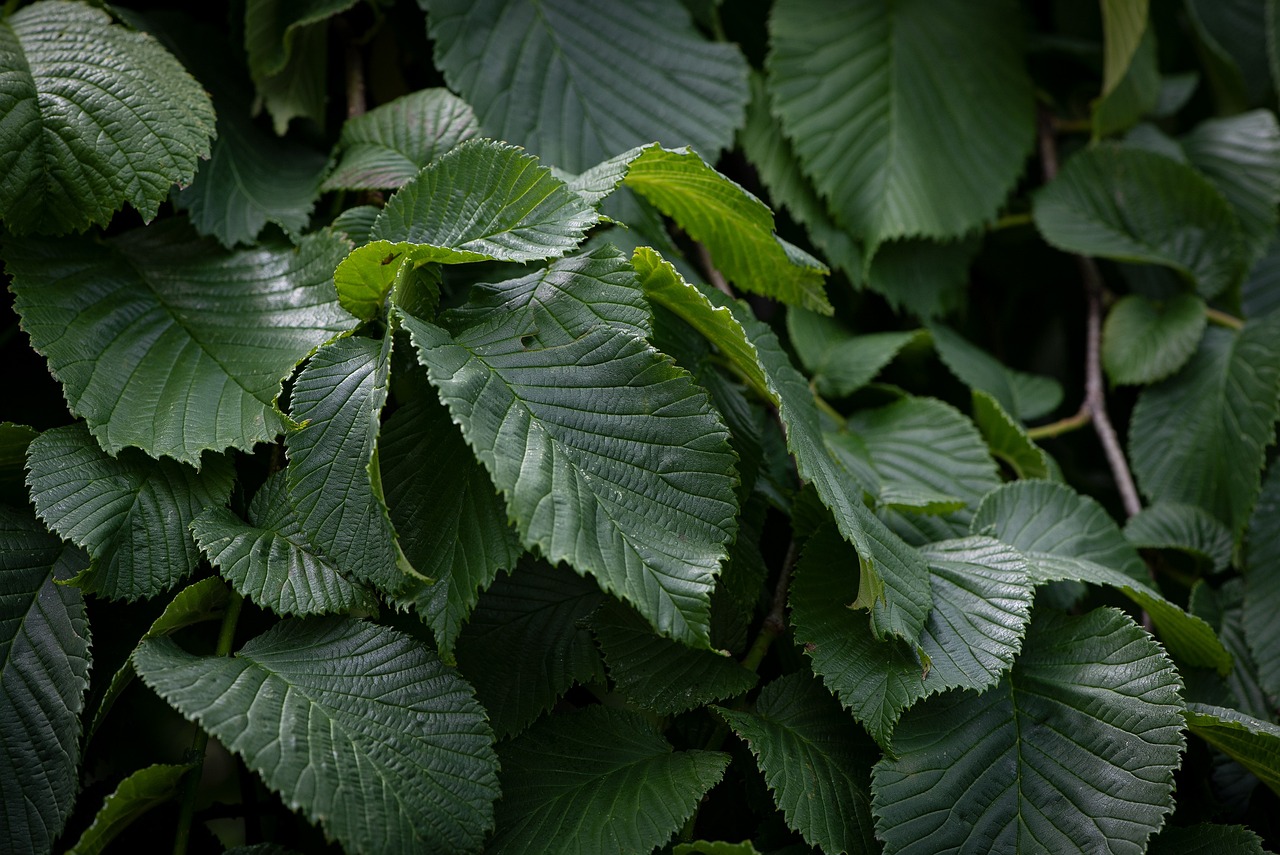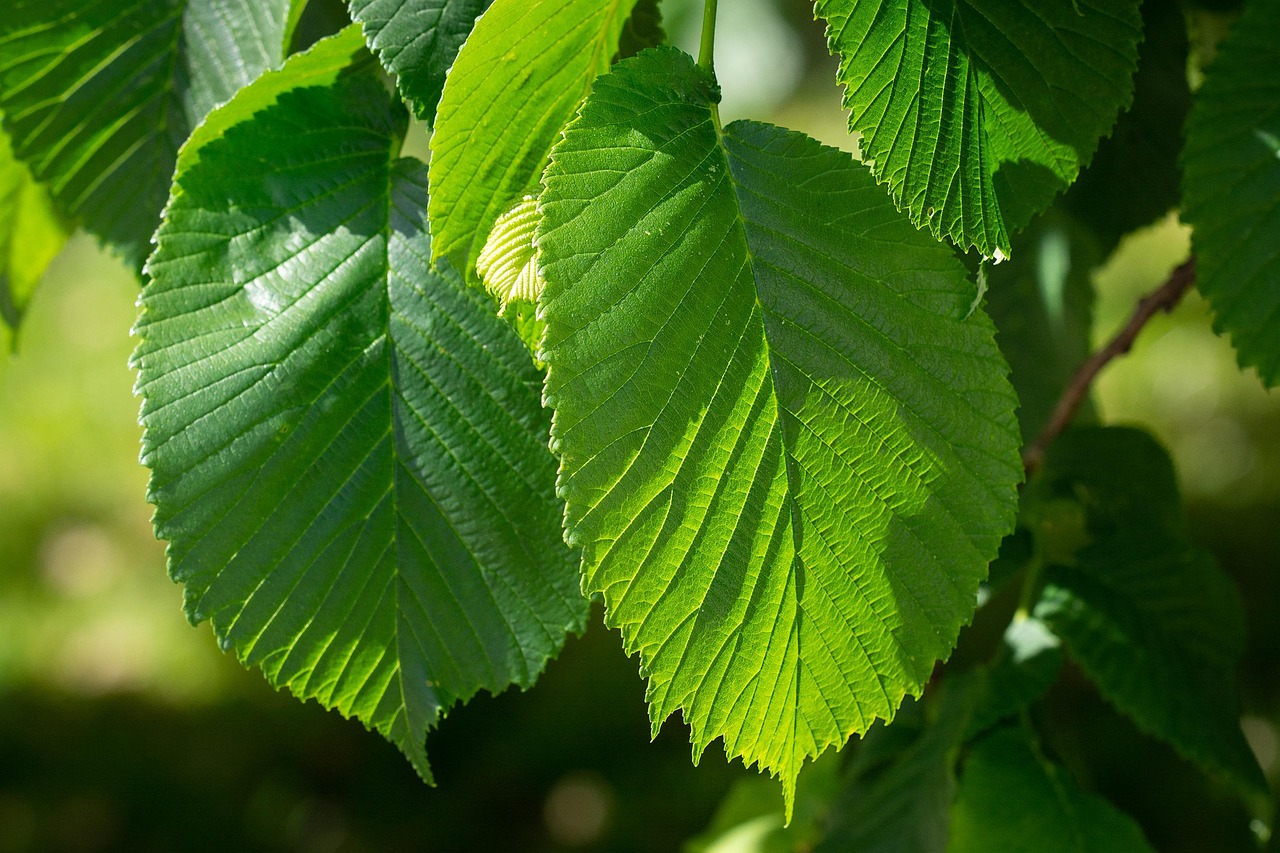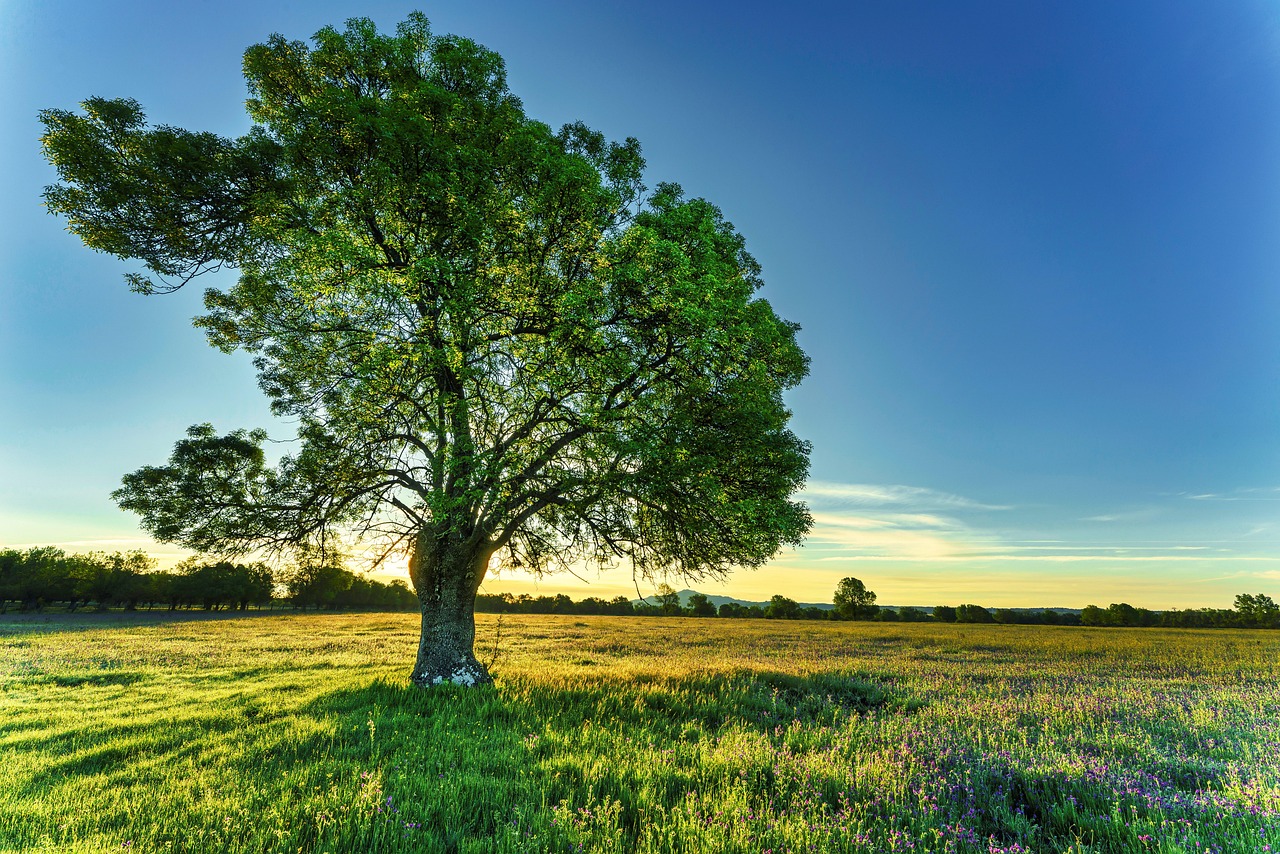Ash trees and elm trees can be distinguished by their leaves, bark, and growth habits. Ash trees typically have compound leaves with a smooth margin, while elm trees feature serrated, single leaves. Their bark also differs, with ash being more uniform and grayish, while elm bark is rough and often has a characteristic crisscross pattern.
Ash Trees

Ash trees belong to the genus Fraxinus and are widely known for their strength and durability. They are commonly used in furniture making, flooring, and sports equipment due to their hard wood. Ash trees can be found in various regions, particularly in North America, Europe, and Asia. They thrive in a variety of soil types but prefer well-drained areas.
Characteristics of Ash Trees
The following are key characteristics of ash trees:
- Leaves: Ash leaves are compound, typically consisting of 5 to 11 leaflets. They are usually arranged oppositely on the stem.
- Bark: The bark of mature ash trees is smooth and gray to brown in color, becoming furrowed with age.
- Flowers: Ash trees produce small, greenish flowers that appear before the leaves in early spring.
- Seed: The seeds are produced in samaras, which are winged fruits that help in wind dispersal.
- Height: Ash trees can grow between 40 to 80 feet tall, depending on the species.
Elm Trees
Elm trees belong to the genus Ulmus and are recognized for their graceful shape and widespread use in urban landscaping. They are known for their large canopy and are often found lining streets and parks. Elms can grow in a variety of conditions but generally prefer moist, fertile soils.
Characteristics of Elm Trees
Here are the distinct characteristics of elm trees:
- Leaves: Elm leaves are simple, serrated, and asymmetrical at the base. They typically have a glossy green appearance.
- Bark: The bark of elm trees is rough and deeply furrowed, often displaying a characteristic crisscross pattern.
- Flowers: Elm flowers are small and inconspicuous, appearing in clusters before the leaves in early spring.
- Seed: Elm trees produce flat seeds that are dispersed by the wind.
- Height: Elm trees can reach heights of 40 to 100 feet, depending on the species and growing conditions.
Comparative Overview
Understanding the differences between ash and elm trees is essential for proper identification and management. Below is a table summarizing the key differences in their characteristics:
| Characteristic | Ash Trees | Elm Trees |
|---|---|---|
| Leaf Type | Compound | Simple |
| Bark Texture | Smooth with age | Rough and furrowed |
| Seed Type | Samaras (winged) | Flat seeds |
| Typical Height | 40-80 feet | 40-100 feet |
The differences highlighted above serve as a guide for identifying these two tree types effectively. Each tree has its unique role in the ecosystem and human culture. Understanding these aspects helps in appreciating their value, whether for landscaping or ecological purposes.
Habitat and Growing Conditions
The habitat and growing conditions for ash and elm trees vary significantly, influencing their distribution and health. Understanding these factors is essential for successful cultivation and management.
Ash Trees Habitat
Ash trees prefer well-drained soils and are commonly found in mixed hardwood forests. They thrive in a range of environments, from wet lowlands to dry uplands. Here are some typical aspects of their habitat:
- Soil Type: Ash trees are adaptable to various soil types but flourish in loamy and sandy soils with good drainage.
- Moisture Levels: They prefer areas that receive adequate rainfall but can tolerate short periods of drought.
- Sunlight: Ash trees grow best in full sun but can also tolerate partial shade.
Elm Trees Habitat
Elm trees are often found in urban areas, parks, and along streets due to their adaptability. They grow well in a variety of soil conditions but have specific preferences as well:
- Soil Type: Elms thrive in fertile, moist soils that are rich in organic material.
- Moisture Levels: They prefer consistently moist conditions but can adapt to slightly drier environments.
- Sunlight: Elm trees require full sun for optimal growth but can also grow in partial shade.
Pests and Diseases
Both ash and elm trees face threats from various pests and diseases that can impact their health and longevity. Awareness of these issues is crucial for effective management.
Pests Affecting Ash Trees
Ash trees are particularly vulnerable to several pests, most notably the emerald ash borer (EAB). This invasive beetle has caused significant damage to ash populations across North America. Key pests include:
- Emerald Ash Borer: This pest attacks the inner bark, disrupting the tree’s ability to transport nutrients.
- Ash Leaf Curling Midge: This insect causes leaves to curl and distort, affecting photosynthesis.
- Ash Bark Beetles: These beetles bore into the bark, weakening the tree structure.
Pests Affecting Elm Trees
Elm trees also face a range of pests that threaten their health. The most notorious among them is the Dutch elm disease, which has devastated elm populations. Important pests include:
- Dutch Elm Disease: Caused by a fungus spread by bark beetles, this disease leads to wilting and eventual death of the tree.
- Elm Leaf Beetle: This pest feeds on elm leaves, causing significant defoliation.
- Scale Insects: These insects suck sap from the tree, leading to weakened health and potential death if left untreated.
Cultural Significance and Uses
Ash and elm trees have played significant roles in human culture throughout history. Their wood, beauty, and ecological benefits make them valued species.
Uses of Ash Trees
The wood of ash trees is highly regarded for its strength and elasticity. Common uses include:
- Furniture: Ash wood is often used in making high-quality furniture due to its durability.
- Sports Equipment: The flexibility of ash makes it ideal for items like baseball bats and hockey sticks.
- Flooring: Ash is popular for flooring because of its attractive grain and hard surface.
Uses of Elm Trees
Elm trees are cherished not only for their beauty but also for their utility. Their wood is less commonly used today due to disease but has historically been valuable:
- Landscaping: Elms are often planted in urban settings for shade and aesthetic appeal.
- Wood Products: Elm wood is strong and resistant to splitting, making it useful for making crates and furniture.
- Cultural Symbolism: In some cultures, elms are seen as symbols of strength and resilience.
Understanding the various aspects of ash and elm trees enhances our appreciation for these species and guides effective management practices in both natural and urban environments.

Ecological Importance

Ash and elm trees play significant roles in their ecosystems. They provide habitat, food, and other essential services to wildlife and contribute to the overall health of their environments.
Ecological Role of Ash Trees
Ash trees are an integral part of various forest ecosystems. They support numerous species and contribute to biodiversity. Key ecological roles include:
- Habitat: Ash trees offer shelter and nesting sites for various birds and small mammals.
- Food Source: The seeds of ash trees are a food source for birds, squirrels, and other wildlife.
- Soil Improvement: Ash trees contribute to soil health by enhancing nutrient cycling through leaf litter decomposition.
Ecological Role of Elm Trees
Elm trees also serve vital ecological functions, particularly in urban environments where they flourish. Their contributions include:
- Pollinator Support: Elm flowers provide nectar for bees and other pollinators in early spring.
- Canopy Cover: Elms create shade, helping to regulate temperature in urban areas and providing relief from heat.
- Soil Erosion Control: The extensive root systems of elm trees help prevent soil erosion by stabilizing the ground.
Growth Rates and Lifespan
The growth rates and lifespans of ash and elm trees vary, impacting their management and use in landscaping and forestry.
Ash Trees Growth Rate
Ash trees are known for their relatively rapid growth. Depending on the species, they can grow anywhere from 1 to 3 feet per year under optimal conditions. Factors influencing their growth rate include:
- Soil Quality: Nutrient-rich soils promote faster growth.
- Water Availability: Adequate moisture is essential for healthy growth.
- Light Exposure: Full sun conditions enhance growth rates significantly.
The lifespan of ash trees can vary widely based on species, ranging from 60 to 100 years. However, threats such as the emerald ash borer have reduced their longevity in many areas.
Elm Trees Growth Rate
Elm trees generally have a moderate growth rate. They can grow approximately 1 to 2 feet per year. Their growth is influenced by similar factors as ash trees:
- Soil Conditions: Well-drained, fertile soils support better growth rates.
- Moisture Levels: Consistent watering is vital for optimal growth.
- Sunlight: Elms thrive in full sun but can adapt to partial shade.
The lifespan of elm trees varies significantly among species but often ranges from 60 to 200 years. Despite the challenges posed by diseases like Dutch elm disease, some elms continue to live long lives when properly cared for.
Cultural Uses and Folklore
Ash and elm trees have rich histories intertwined with human culture, often appearing in folklore, literature, and traditional practices.
Cultural Significance of Ash Trees
Ash trees have been revered in various cultures for centuries. Their significance includes:
- Mythology: In Norse mythology, the ash tree Yggdrasil is considered the World Tree, connecting the heavens and earth.
- Medicinal Uses: Traditional medicine has utilized parts of the ash tree for treating ailments like arthritis and inflammation.
- Art and Craftsmanship: Ash wood has been used in traditional crafts due to its workability and aesthetic qualities.
Cultural Significance of Elm Trees
Elm trees also hold cultural importance across various societies:
- Symbolism: Elms are often associated with strength, resilience, and protection in folklore.
- Ceremonial Uses: In some traditions, elm wood is used in making ceremonial objects or structures.
- Urban Heritage: Many cities have celebrated elm-lined streets as symbols of beauty and community pride.
The rich cultural histories of ash and elm trees enrich our understanding of their value beyond mere physical attributes. They continue to inspire art, tradition, and ecological stewardship.
Conservation Efforts

As ash and elm trees face numerous threats, including pests and diseases, conservation efforts have become increasingly important. These initiatives aim to preserve these tree species, ensuring their survival for future generations. Key conservation strategies include:
- Research and Monitoring: Ongoing research helps identify the vulnerabilities of ash and elm trees. Monitoring populations allows for early detection of disease outbreaks or pest infestations.
- Breeding Programs: Developing resistant varieties through selective breeding can help combat diseases like Dutch elm disease and emerald ash borer infestation.
- Public Awareness: Educating communities about the importance of these trees promotes public support for conservation efforts. Volunteer programs can engage local residents in tree planting and care.
Importance of Urban Forestry
Urban forestry plays a crucial role in maintaining the health of ash and elm trees in city environments. Trees in urban areas contribute significantly to air quality, provide shade, and enhance property values. Key aspects of urban forestry involving ash and elm trees include:
- Tree Canopy Management: Proper management of tree canopies can reduce heat islands in cities, improving overall urban climates.
- Diverse Planting: Planting a mix of tree species, including resistant varieties of ash and elm, helps mitigate the risks associated with disease outbreaks.
- Community Engagement: Involving local communities in tree care fosters a sense of ownership and responsibility toward urban green spaces.
Final Thoughts
Ash and elm trees are more than just important components of our landscapes; they are vital to biodiversity, cultural heritage, and ecological balance. Understanding their differences and characteristics allows for better identification and appreciation of these magnificent species. While they each possess unique traits that make them valuable in various contexts, both face significant challenges from pests, diseases, and environmental changes.
Conservation efforts are essential to protect these trees from the threats they encounter. With active engagement from communities, researchers, and policymakers, it is possible to safeguard the future of ash and elm trees. Their preservation not only enhances our natural environments but also enriches our lives culturally and socially.
As we move forward, it is important to promote awareness of the ecological roles that ash and elm trees play. By recognizing their contributions to our ecosystems and communities, we can ensure that these trees continue to thrive for generations to come.
In conclusion, both ash and elm trees offer valuable resources and benefits. Their unique characteristics, ecological importance, and cultural significance deepen our connection to nature. Thus, it is imperative that we prioritize their conservation and management within our urban and natural landscapes.
